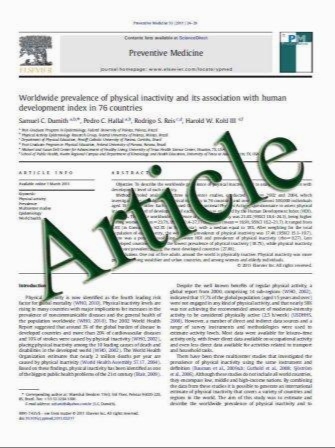Olig2 is useful in the differential diagnosis of oligodendrogliomas and extraventricular neurocytomas
- نوع فایل : کتاب
- زبان : انگلیسی
- مؤلف : Makoto Okada Hirohito Yano Yoshinobu Hirose Noriyuki Nakayama Naoyuki Ohe Jun Shinoda Toru Iwama
- چاپ و سال / کشور: 2011
Description
A 42-year-old woman had suffered from headaches since April 2009. Computed tomography revealed a tumor with marked calcification in the left frontal lobe adjacent to the left anterior horn of the lateral ventricle. T1-weighted gadolinium-enhanced magnetic resonance imaging showed a well-enhanced tumor at the lesion. Dynamic methionine positron emission tomography showed no delayed methionine attenuation. Initial preoperative diagnosis was extraventricular neurocytoma (EVN). However, oligodendroglioma was determined upon a second diagnosis. The patient underwent total tumor removal. Hematoxylin and eosin staining showed the characteristic fried egg-like cells, round nuclei, and immunohistochemically, the tumor cells were positive for glial fibrillary acidic protein, synaptophysin, neuronal nuclear antigen, microtubule-associated protein 2 and Olig2. The MIB-1 labeling index was 20%, which suggested malignancy. Although these findings demonstrated that the tumor had glioneuronal character, it was difficult to differentiate between EVN and oligodendroglioma. There have been reports that Olig2 immunohistochemistry is generally positive in cases of oligodendroglioma, but not in cases of neurocytoma. We completed the diagnosis as oligodendroglioma. Subsequent electronmicroscopy results presented oligodendroglial but not neuronal characteristics. We concluded that Olig2 is useful in the differential diagnosis of oligodendrogliomas and EVNs.
Brain Tumor Pathol (2011) 28:157–161 DOI 10.1007/s10014-011-0017-5 Received: 24 September 2010 / Accepted: 21 December 2010 / Published online: 11 February 2011 The Japan Society of Brain Tumor Pathology 2011


